BoJ Governor Haruhiko Kuroda said today that the central bank is now at a stage that the benefits and side-effects of the ultra-loose monetary policy must be considered in a “balanced manner”. He pointed to strengthening in the recovery and pickup in wages and prices. But he also echoed the July meeting minutes that it takes more time than expected to achieve the 2% inflation target.
Kuroda added that “under such a fairly complex economic and price situation, monetary policy must take into account various developments in a comprehensive manner”. And, “this means that, in continuing with powerful monetary easing, we now need to consider both its positive effects and side-effects in a balanced manner.”
Meanwhile, he maintained the pledge that “BOJ will continue to make its utmost efforts to firmly support corporate activity, taking into account economic, price and financial developments.”




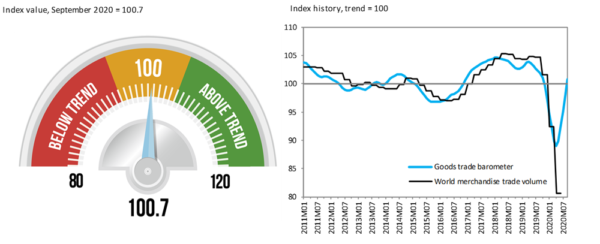
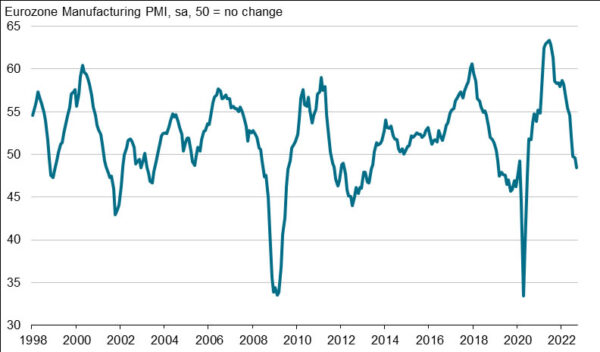
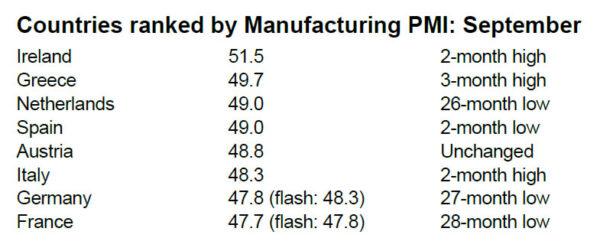
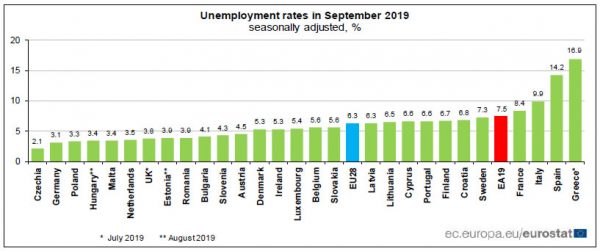
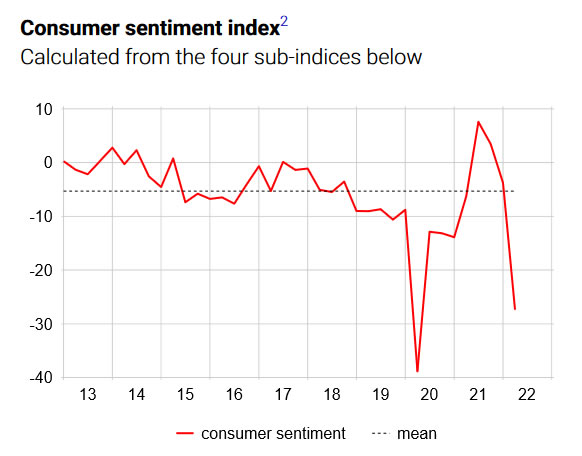
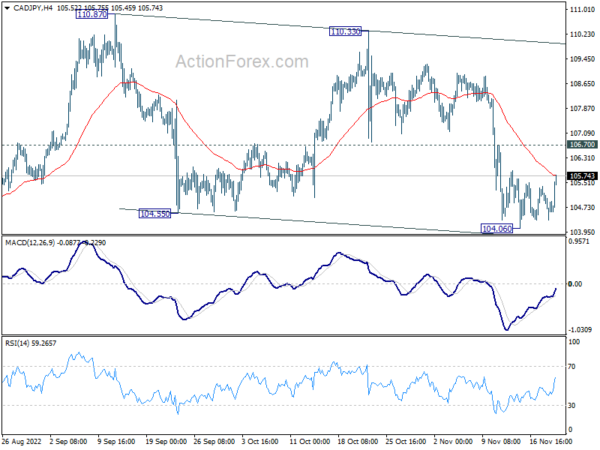
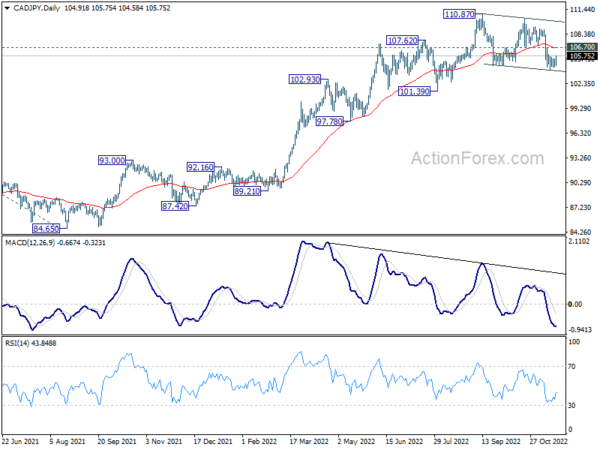
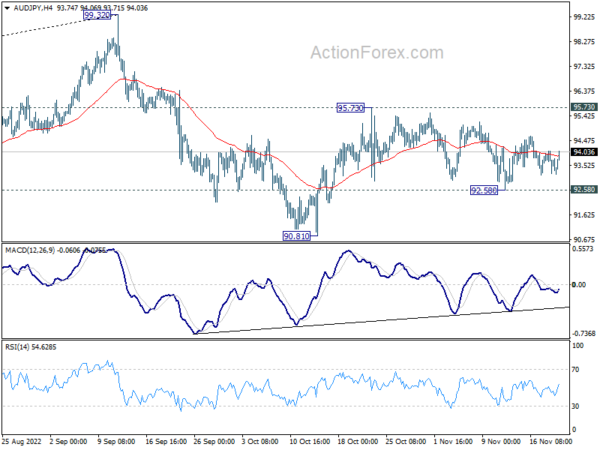
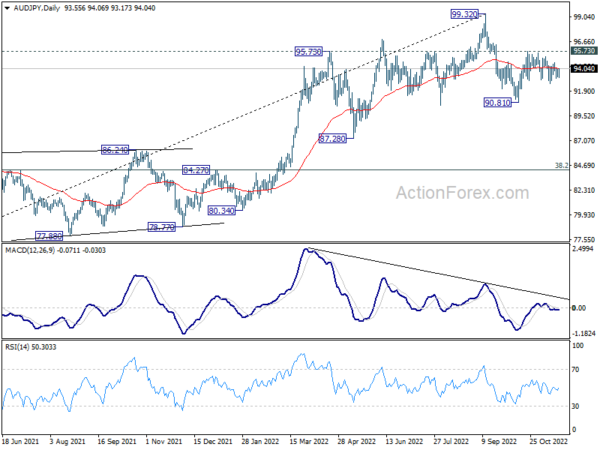
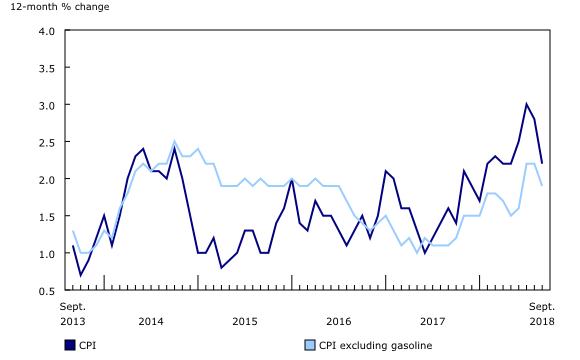
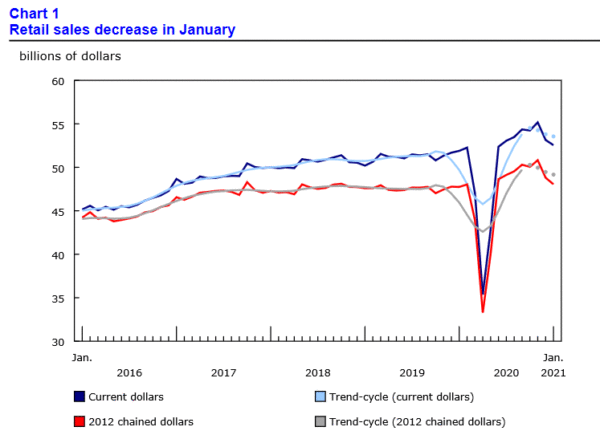
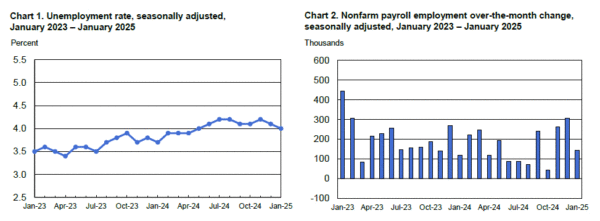
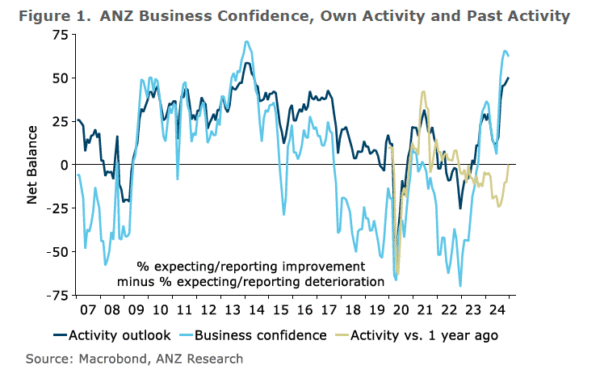
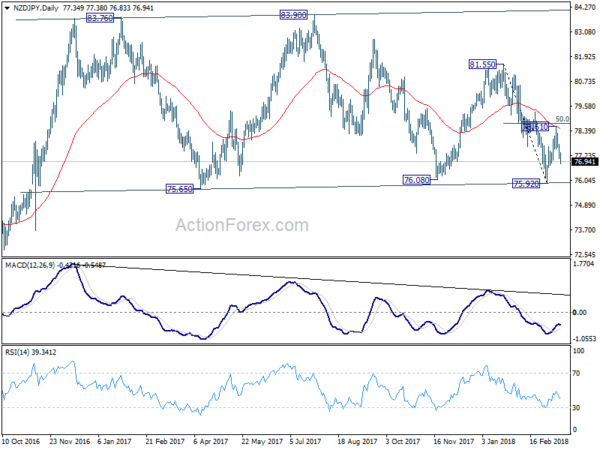
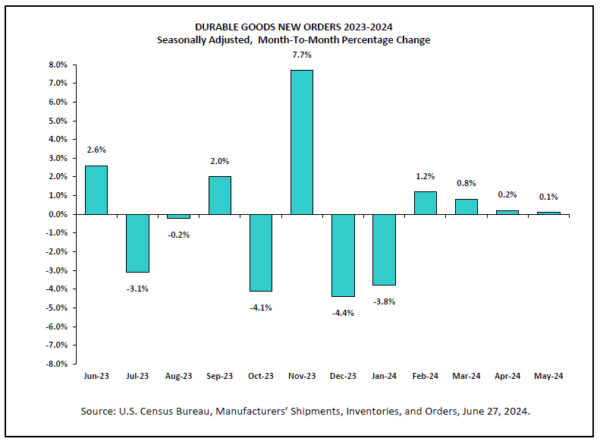
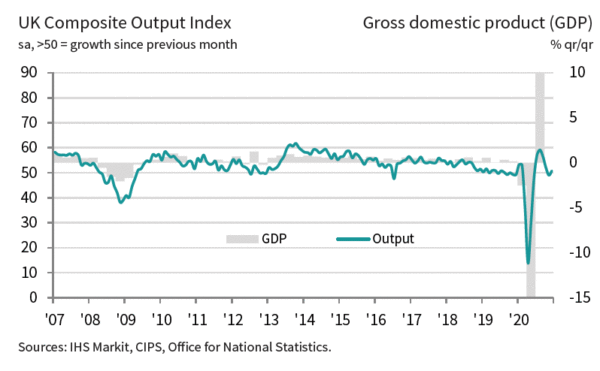
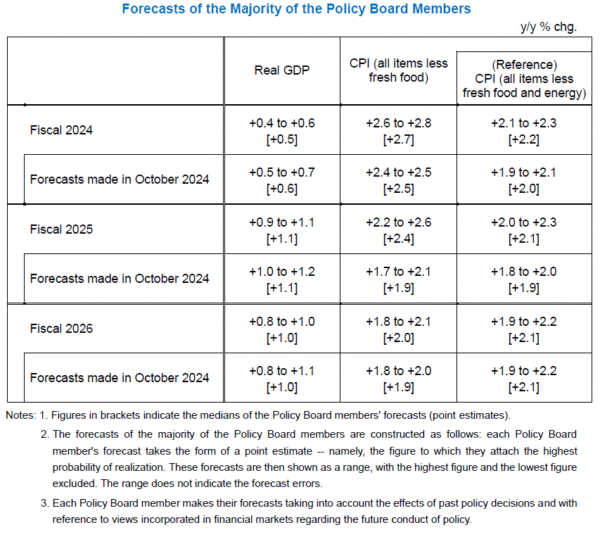
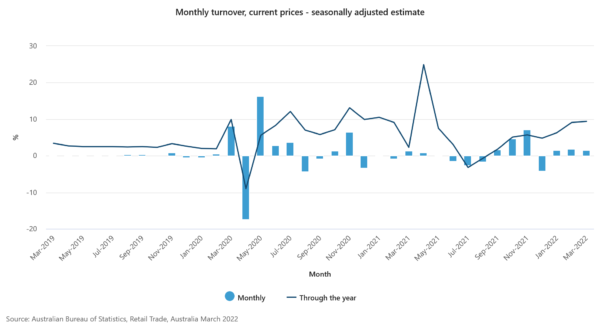
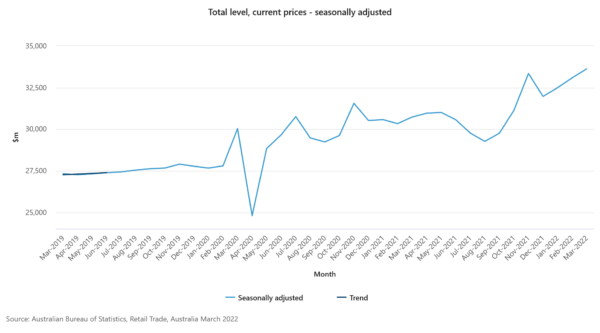

Joachim Nagel named as new Bundesbank president
German Finance Minister Christian Lindner said said today that he and Federal Chancellor Olaf Scholz proposed Joachim Nagel as the new Bundesbank President. Nagel, a former Bundesbank board member, is expected to take over on January 1 from Jens Weidmann.
Linder said on twitter, “In view of inflation risks, the importance of a stability-oriented monetary policy is growing. He is an experienced personality who ensures the continuity of #Bundesbank”.
“Nagel can be trusted to continue the German Bundesbank tradition in the debates in the ECB,” Friedrich Heinemann, an expert at the ZEW economic research institute hailed. “He has extensive monetary policy and financial expertise, which is essential for today’s complex monetary policy decisions.”